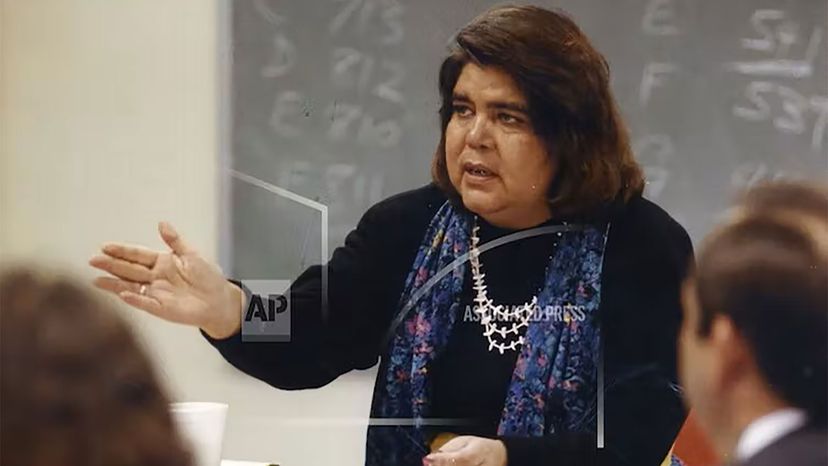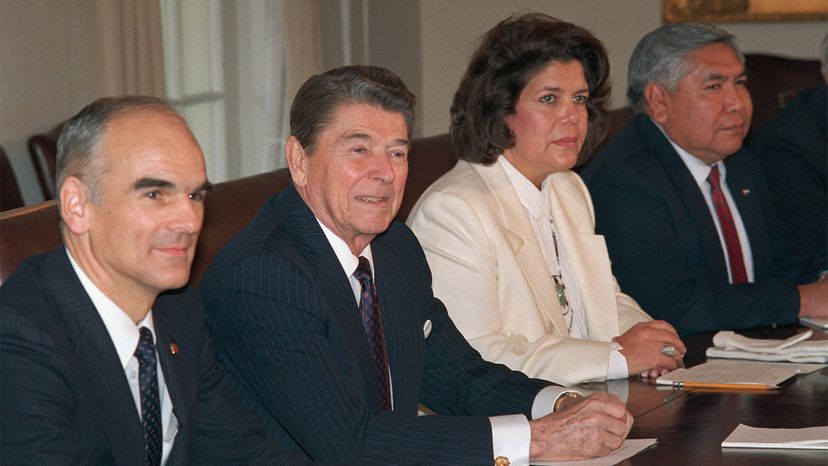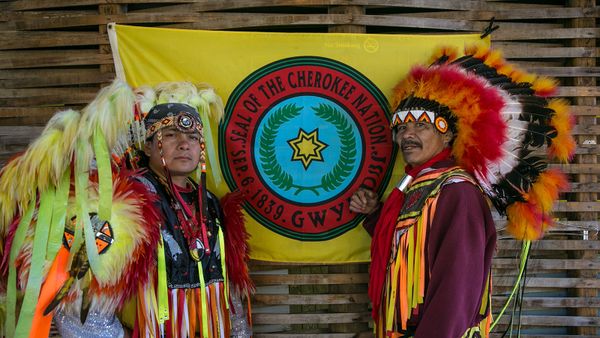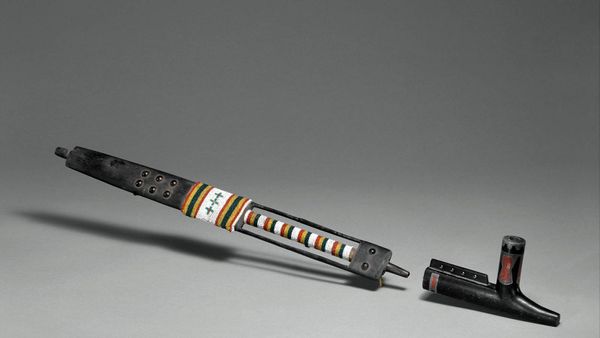
If you fish in your pocket or purse for a U.S. quarter today, there's a chance you'll see Wilma Mankiller's face. She was the Cherokee Nation's first female principal chief, and she inspired generations of Cherokees and young Native people like me.
In 2022, Mankiller was one of the first women honored by appearing on a series of quarters, along with renowned poet and activist Maya Angelou and physicist and astronaut Sally Ride. Mankiller's quarter, issued in the summer of 2022, marks the first time that a Native American woman has been featured on a U.S. coin since Sacagawea appeared on the golden dollar in 2000.
Advertisement
As a historian of Native American history, I credit my professional career to Mankiller, whom I heard speak at Salem Women's College when I was an undergraduate student there. I had never seen a non-Native audience listen so intently to a woman who looked like my father's ancestors and grew up in rural Oklahoma, as he did. Like many young Cherokee people, I was raised outside the boundaries of the Cherokee Nation.
Following her lecture, I tore through her autobiography, "Mankiller: A Chief and Her People." In her book and through her life's work, Mankiller introduced a generation of people not just to Cherokee history but also to a model of Native women's leadership, leading by listening to the voices from her community and supporting the programs they sought.
Advertisement




